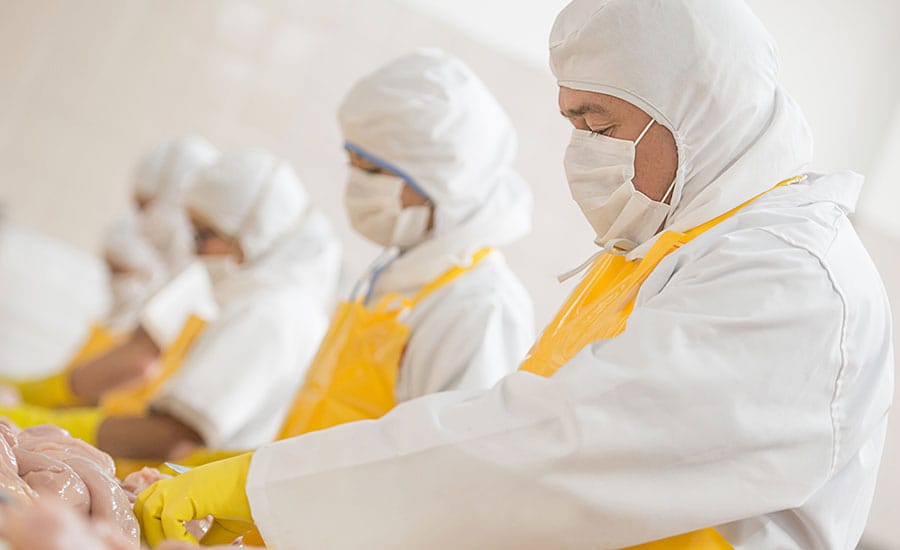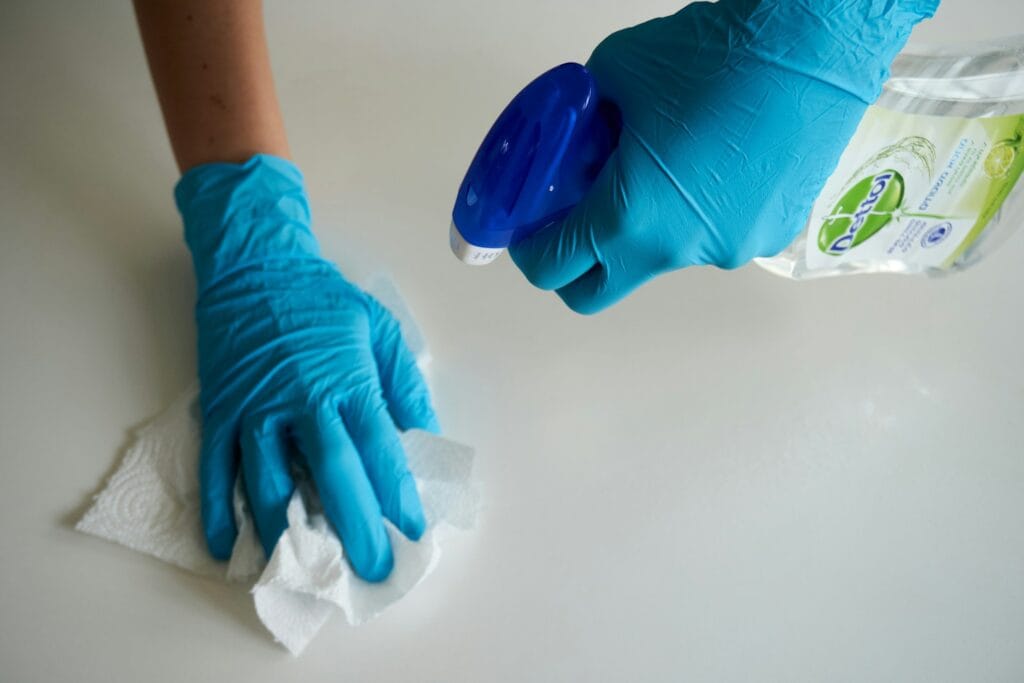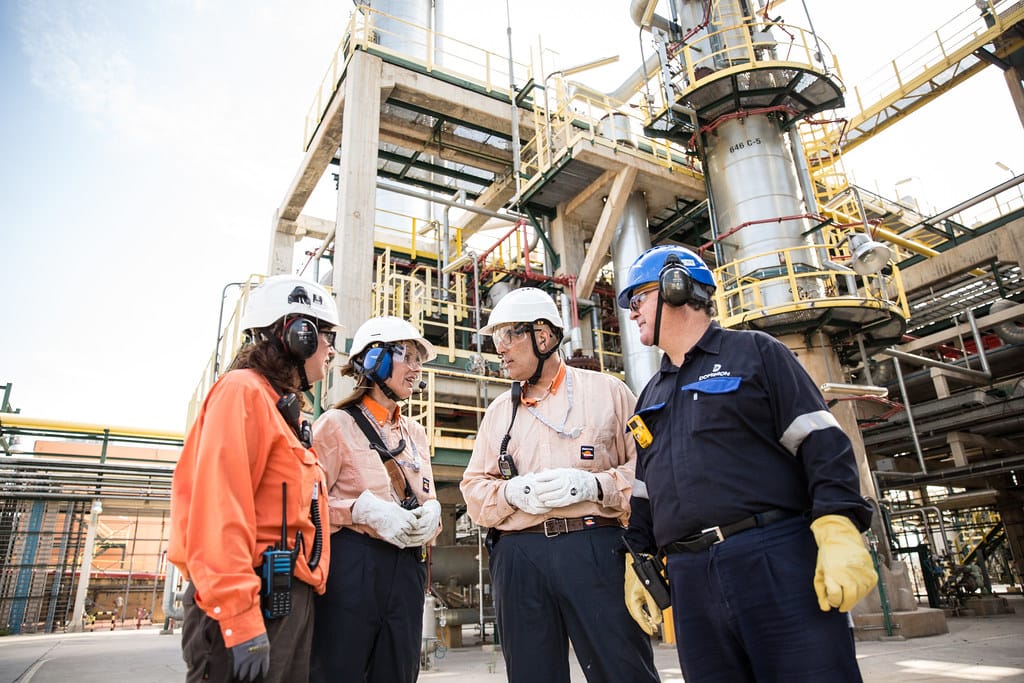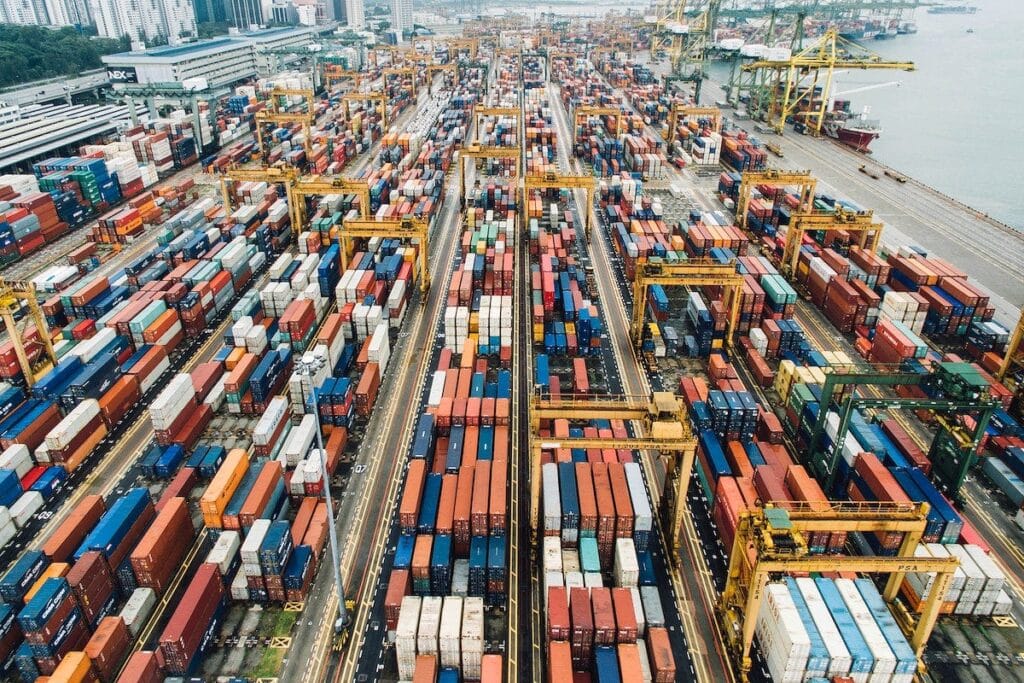
The meat and poultry industry operates in one of the most demanding and hazardous food production environments in the world. Workers face biological hazards (like Salmonella, E. coli), physical hazards (sharp knives, moving machinery), and chemical hazards (sanitizers, cleaning agents) — all while operating in cold, wet conditions for extended hours.
In such environments, Personal Protective Equipment (PPE) is not optional — it is the front line of defense for worker safety, product integrity, and compliance with strict food safety regulations.
This buyer’s guide will take you deep into the realities of PPE selection, usage, and management in meat and poultry plants. We will cover regulatory requirements, industry best practices, real-world accident case studies, material selection insights, ROI analysis, and procurement checklists — ensuring you can make decisions that protect both your workers and your bottom line.
PPE in meat and poultry processing includes cut-resistant gloves, aprons, face shields, non-slip boots, and disposable hygiene gear. These protect workers from sharp tools, biological contamination, and chemical hazards. PPE must meet OSHA safety standards, USDA hygiene rules, and HACCP requirements to ensure both worker safety and food safety compliance.
Why PPE Is Critical in Meat & Poultry Plants
Unlike many industries, meat and poultry processing combines extreme workplace conditions with high contamination risks.
Common Hazards:
- Sharp cutting tools → knife lacerations, tendon injuries.
- Slippery floors from water, fat, and blood → slips, trips, and falls.
- Cold environments (often 0–4°C) → numbness, reduced dexterity, frostbite risk.
- Biological hazards from raw meat → potential for zoonotic disease transmission.
- Chemical exposure → cleaning agents, disinfectants, and sanitizing chemicals.
📌 OSHA Accident Report Example:
In 2022, a poultry plant worker in Arkansas suffered severe tendon damage after a knife slipped during evisceration. Investigation found he was wearing standard cotton gloves rather than ANSI A5 cut-resistant gloves. The company faced $40,000 in fines for PPE non-compliance.
Key PPE Categories in Meat & Poultry Processing
PPE in this sector generally falls into two main groups:
- Safety-focused PPE — to protect the worker from physical injury.
- Hygiene-focused PPE — to protect the product from contamination.
Examples:
| Category | Purpose | Example PPE Items |
|---|---|---|
| Cut Protection | Prevents lacerations from knives, slicers | Cut-resistant gloves, arm guards |
| Body Protection | Shields worker from splashes, cuts, and cold | Waterproof aprons, chainmail tunics |
| Foot Protection | Prevents slips and crush injuries | Steel toe non-slip boots |
| Head & Face Protection | Prevents splash injuries and maintains hygiene | Hairnets, face shields, bump caps |
| Hygiene Protection | Prevents product contamination | Disposable gloves, gowns, beard covers |
| Chemical Protection | Prevents injury from sanitizers and cleaning chemicals | Chemical-resistant gloves, goggles |
✅ Pro Tip: The best PPE programs integrate both safety and hygiene needs into a single selection process, rather than treating them separately.
Regulatory Frameworks You Must Follow
In meat and poultry plants, compliance is non-negotiable. Regulatory bodies not only protect workers but also ensure food safety for the public.
OSHA (Occupational Safety and Health Administration)
- 29 CFR 1910.138 — Hand protection requirements.
- 29 CFR 1910.132 — General PPE requirements.
- 29 CFR 1910.151 — Hazardous chemicals PPE.
📌 Case Example:
An OSHA inspection in 2021 at a meat plant in Texas revealed that workers handling cleaning chemicals were not issued chemical-resistant gloves. The employer was fined $18,000.
USDA (United States Department of Agriculture)
- Oversees hygiene compliance under FSIS (Food Safety and Inspection Service).
- Requires protective clothing that prevents meat contamination.
HACCP (Hazard Analysis Critical Control Point)
- PPE plays a role in multiple CCPs (Critical Control Points) — e.g., preventing cross-contamination between raw and cooked zones.
Real-World Case Studies: PPE Success & Failure
Case 1: The Knife Injury That Stopped Production
In 2020, a Midwest beef processing plant had a production halt for 6 hours when a line worker suffered a deep hand cut. Investigation revealed wrong glove pairing — the worker wore a cotton liner under a cut-resistant glove but did not replace damaged gloves after a nick from a previous shift.
Lesson: PPE inspection and replacement schedules must be enforced daily.
Case 2: Slips in the Deboning Room
A poultry processing worker slipped on water and chicken fat residue, fracturing a wrist. Footwear inspection showed he wore personal sneakers instead of company-issued EN ISO 20345 non-slip boots.
Lesson: Issuing PPE is not enough — policies must require verified usage.
Case 3: Chemical Burn During Cleaning Shift
Sanitation crew member splashed caustic foam cleaner on forearm due to missing chemical sleeve protection. Worker was hospitalized with second-degree burns.
Lesson: PPE programs must consider non-production shifts like cleaning crews.
Material Selection: Balancing Safety, Hygiene, and Comfort
Selecting PPE for meat and poultry plants is not just about buying the toughest gear — it’s about choosing the right materials that balance:
- Cut resistance (ANSI A4–A7 for high knife-risk tasks)
- Waterproofing (to prevent cold water ingress)
- Chemical resistance (against sanitizers)
- Breathability (for worker comfort during long shifts)
- Ease of cleaning (for hygiene compliance)
Common PPE Materials
| Material | Best For | Limitations |
|---|---|---|
| Stainless Steel Mesh | Maximum cut protection (boning, butchering) | Heavy, may reduce dexterity |
| HPPE (High-Performance Polyethylene) | Lightweight cut resistance with flexibility | Less puncture resistance compared to mesh |
| PVC | Waterproof aprons, boots for wet processing areas | Can be stiff in cold environments |
| Nitrile | Disposable gloves for hygiene-sensitive zones | Limited cut protection, single-use only |
| Neoprene | Chemical-resistant gloves for cleaning operations | Bulkier, less tactile sensitivity |
✅ Pro Tip: Many plants layer PPE materials — for example, nitrile disposables over cut-resistant gloves — to meet both hygiene and safety requirements.
Integrating PPE Into HACCP Plans
PPE is directly linked to Critical Control Points (CCPs) in HACCP programs.
Example:
- CCP 1: Preventing cross-contamination between raw and cooked areas → Hairnets, disposable gloves, color-coded aprons.
- CCP 2: Preventing foreign object contamination → No loose threads or damaged PPE allowed in production zones.
- CCP 3: Ensuring chemical safety during cleaning → PPE that resists sanitizer permeation.
📌 HACCP Audit Failure Example:
A 2021 audit in a poultry plant found damaged mesh gloves with broken links in use. This was classified as a foreign object contamination risk, triggering an immediate corrective action and temporary line shutdown.
Cost-Benefit Analysis of Proper PPE Investment
Many buyers hesitate to invest in higher-grade PPE due to upfront costs, but the ROI is undeniable.
| Scenario | Cost Without Proper PPE | Cost With Proper PPE | Annual Savings |
|---|---|---|---|
| Hand injury requiring surgery | $35,000 | $120 per worker/year | $34,880 |
| Contamination recall (product disposal + PR) | $250,000+ | $8,000/year plant-wide | $242,000 |
| Slip injury with worker compensation | $18,000 | $45 per pair of boots | $17,955 |
Procurement Strategy: How to Buy Right the First Time
-
Conduct a PPE Hazard Assessment
- Identify all hazards: mechanical, chemical, biological, thermal.
- Observe both production and sanitation shifts.
-
Engage Stakeholders Early
- Involve line supervisors and workers in PPE trials.
- Collect feedback on comfort, fit, and mobility.
-
Test in Real Conditions
- Pilot PPE for at least one week in actual work environments.
- Record performance metrics (comfort, durability, compliance rate).
-
Standardize by Task
- Issue PPE tailored to each workstation (e.g., deboning vs packaging).
-
Build a Replacement Schedule
- Predefine inspection intervals (daily for gloves, weekly for aprons).
Typical Buyer Questions (FAQ)
Q1: Can one glove type work for all plant roles?
A: No. Knife handlers need high ANSI cut resistance; packers need hygiene-first disposables; cleaners need chemical protection.
Q2: Should we use reusable or disposable aprons?
A: Reusable for heavy splash areas, disposable for high-hygiene packaging zones.
Q3: How do we handle PPE for temporary workers?
A: Keep extra stock and standardized training so temps follow the same protocols.
Q4: What’s the biggest PPE compliance problem?
A: Workers removing PPE due to discomfort — invest in ergonomic designs.
Case Study: Full PPE Program Revamp
Company: Midwestern Poultry Processor
Issue: 4 lost-time injuries per quarter, frequent HACCP audit issues.
Action Taken:
- Introduced layered PPE system (HPPE glove + nitrile disposable)
- Color-coded aprons to separate raw/cooked zones
- Weekly PPE inspection and replacement policy
Results:
- 85% reduction in knife injuries
- 0 HACCP PPE-related non-conformances in 12 months
- Worker satisfaction score on PPE comfort rose from 62% to 91%
The Hidden Risks of Inadequate PPE in This Sector
- Micro-tears in gloves → Unseen contamination pathways.
- Improper boot traction → Ice buildup in cold rooms increases slips.
- Incompatible materials with chemicals → Gloves degrade mid-shift, risking burns.
- PPE not fitting properly → Reduced dexterity, higher accident risk.
Final Procurement Checklist for Meat & Poultry PPE
- [ ] OSHA & USDA compliant
- [ ] Meets HACCP CCP requirements
- [ ] Material compatible with all cleaning chemicals used
- [ ] Cut resistance ANSI A4+ for knife tasks
- [ ] Color-coded by hygiene zone
- [ ] Easy to clean or dispose
- [ ] Documented inspection & replacement plan
Conclusion
PPE in meat and poultry processing is not just a regulatory checkbox — it’s a vital part of worker protection, product safety, and operational efficiency. The right selection, combined with strong policies and training, can save lives, prevent costly recalls, and improve productivity.
📩 Need help selecting OSHA & USDA-compliant PPE for your plant?
Email: [email protected]
🌐 www.workwearsolutions.net
Zion Zhang
Recent Posts
 How to Build a Local Distribution Network That Works2025年10月10日In emerging markets across Africa, the Middle East, Central […]
How to Build a Local Distribution Network That Works2025年10月10日In emerging markets across Africa, the Middle East, Central […] Choosing the Right Sales Channels for Workwear in Emerging Markets2025年10月10日In fast-growing markets across Africa, the Middle East, […]
Choosing the Right Sales Channels for Workwear in Emerging Markets2025年10月10日In fast-growing markets across Africa, the Middle East, […] Building Long-Term Supplier Relationships: From First Order to Partnership2025年10月10日In the world of global workwear trade, many new importers […]
Building Long-Term Supplier Relationships: From First Order to Partnership2025年10月10日In the world of global workwear trade, many new importers […] Costing & Profit Margins: Calculating the Real Numbers2025年10月9日When importing workwear or PPE from China, the biggest […]
Costing & Profit Margins: Calculating the Real Numbers2025年10月9日When importing workwear or PPE from China, the biggest […] Logistics & Payment Methods: Reducing Risk in Cross-Border Trade2025年10月9日If you’ve ever imported workwear or PPE from China, you […]
Logistics & Payment Methods: Reducing Risk in Cross-Border Trade2025年10月9日If you’ve ever imported workwear or PPE from China, you […] Certificates & Compliance: Spotting Fakes and Staying Legal2025年10月9日Certificates & Compliance: Spotting Fakes and Staying […]
Certificates & Compliance: Spotting Fakes and Staying Legal2025年10月9日Certificates & Compliance: Spotting Fakes and Staying […]
CONTACT US
- Feel free to contact us any time. We will get back to you as soon as we can!
- +86-17330061805
